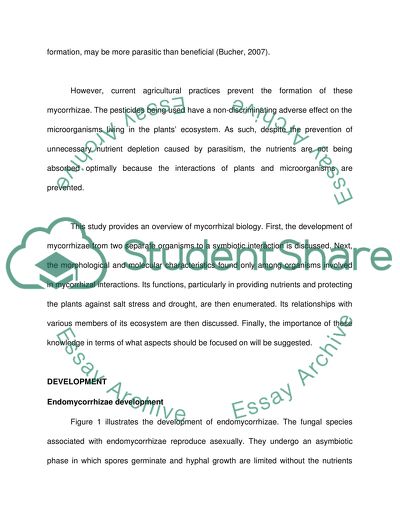Cite this document
(“Roles of Mycorrhizae Research Paper Example | Topics and Well Written Essays - 5000 words”, n.d.)
Retrieved from https://studentshare.org/family-consumer-science/1416364-roles-of-mycorrhizae
Retrieved from https://studentshare.org/family-consumer-science/1416364-roles-of-mycorrhizae
(Roles of Mycorrhizae Research Paper Example | Topics and Well Written Essays - 5000 Words)
https://studentshare.org/family-consumer-science/1416364-roles-of-mycorrhizae.
https://studentshare.org/family-consumer-science/1416364-roles-of-mycorrhizae.
“Roles of Mycorrhizae Research Paper Example | Topics and Well Written Essays - 5000 Words”, n.d. https://studentshare.org/family-consumer-science/1416364-roles-of-mycorrhizae.


